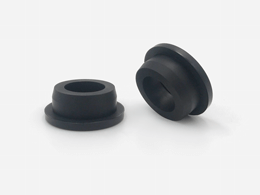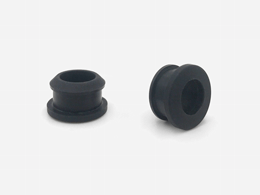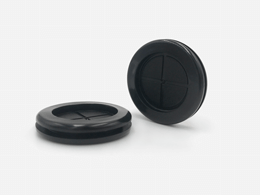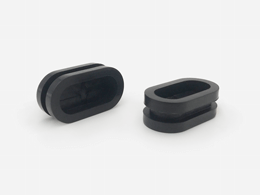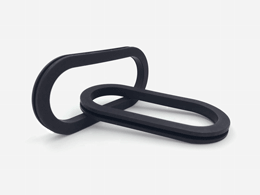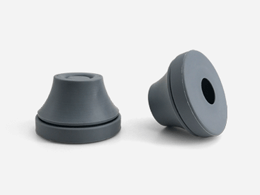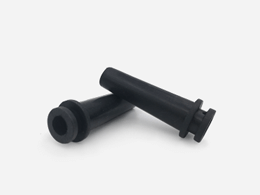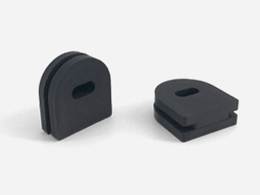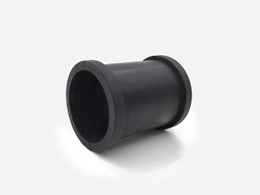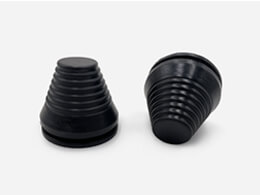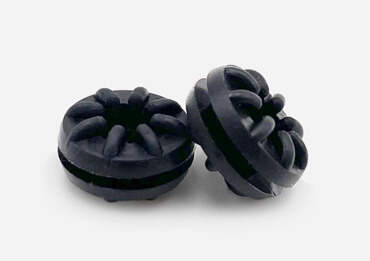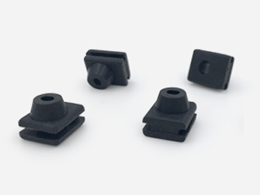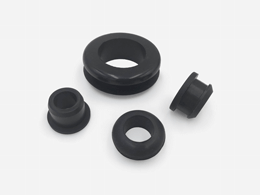- Grommet Size Chart
- Rubber Grommets Type-A
- Rubber Grommets Type-B
- Rubber Grommets Type-D
- Blind Hole Round Grommets
- Oval Grommets
- Blind Hole Oval Grommets
- Waterproof Grommets
- Grommet Type-E
- Grommets- Semicircle
- Wire Grommets – Long Neck
- Specially Shaped Grommets
- Rubber Grommet Plug
- Silicone Grommets
- White Grommets
Electrical Grommets
When it comes to modern electrical installation, we have to make sure nothing goes wrong. Electrical grommets are highly convenient and used for this exact purpose. Both residential and commercial buildings use electrical grommets to protect cables and wires from cuts. The way grommets work is by allowing cables and wires to pass through. The grommet can be a very wide tube or it can be a small ring. Regardless, the whole point is to protect cables and wires from all kinds of dangers such as cutting, vibration, and more.
Electrical grommets are made from rubber materials such as silicone, FKM, EPDM, NR, and more. The reason why rubber emerges as a better option than metal is the fact that rubber is an excellent electrical insulator. Rubber limits the transfer of electricity and that makes rubber grommets highly useful in everyday construction. Considering that rubber is a material that also has plenty of other properties, we can safely add those to the list. One of those is water resistance. Namely, rubber grommets are highly practical in this regard as they are 100% water and oil-resistant. The last property we’ll discuss is anti-vibration. Since these grommets are meant to keep cables and wires in place, the properties of the rubber material prevent the cables from vibrating. This property is especially useful in the automotive industry.
Whenever needing to do electrical wiring or buildings and similar jobs, electrical grommets should be your first safety buy. Not only do they keep wires and cables in place, but they also add another layer of protection.
Faulty electrical wiring can lead to some pretty big problems. Thus, we suggest you find the grommet size that will keep everything in place and protect the cables and wires from cuts and vibration. Choosing the size is very easy as all you need to do is compare our size chart.
Our rubber grommets
Need help finding the right product?
We offer over 18,000 parts in our factory. Contact us to find the perfect fit!
With over 18,000 sizes of rubber grommets in stock, we offer customized materials, colors, hardness, and temperature resistance. Contact us for more details!
